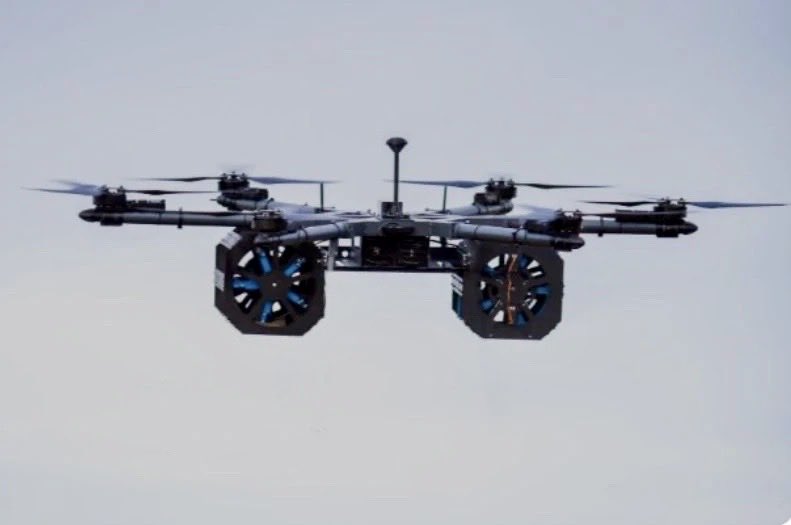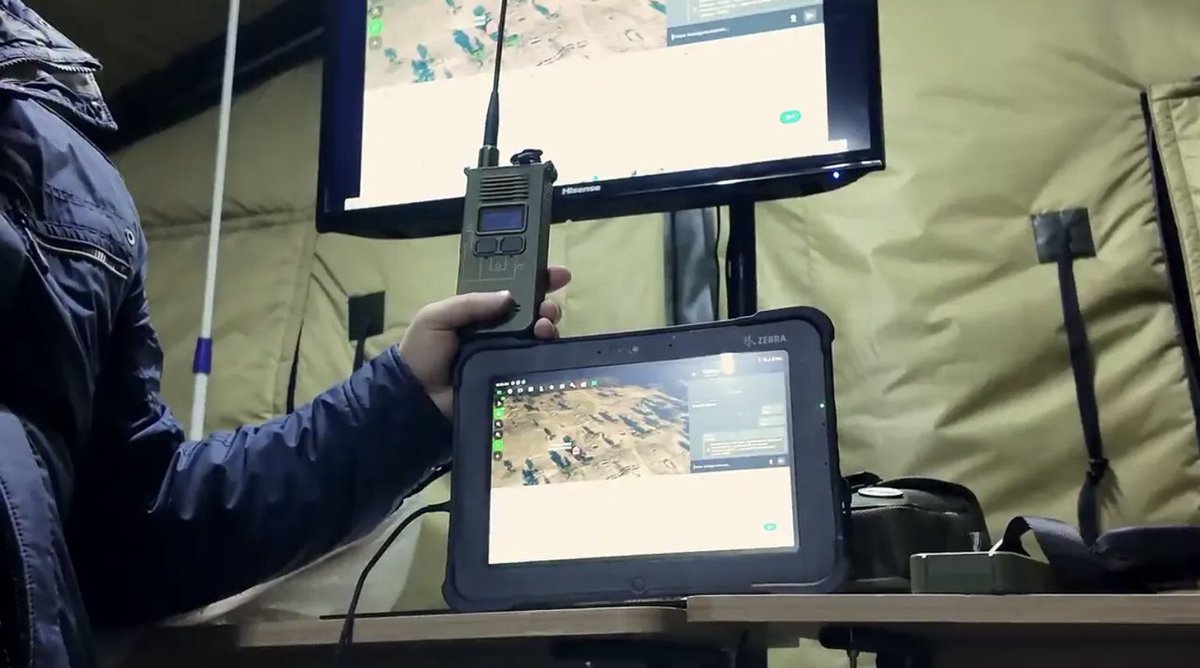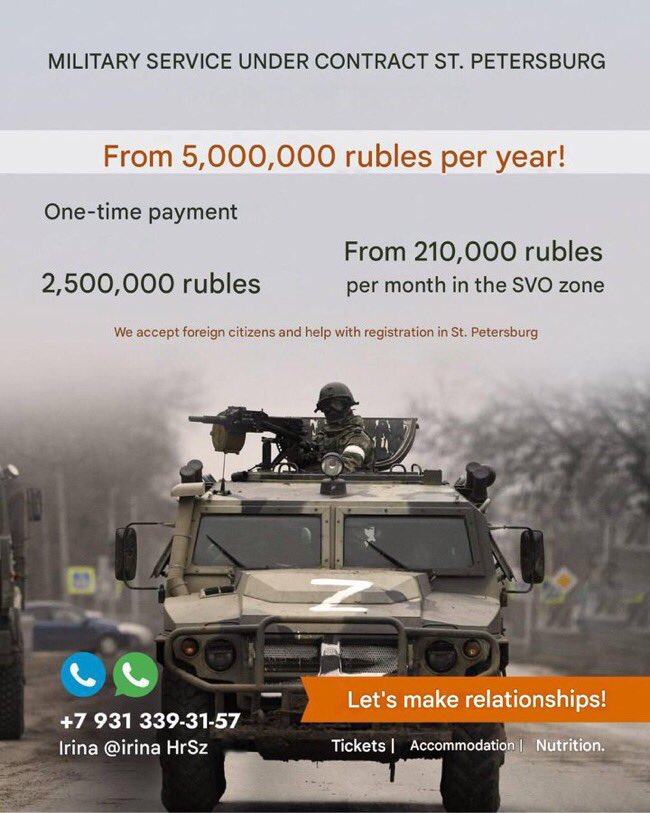A Russian manual entitled “Countering ‘Baba Yaga’ Type Drones” starts with vivid descriptions of the capabilities of three types of Ukrainian bombers.
Described first in some selected excerpts from the manual is the Nemesis drone, a heavy quadcopter guided by Starlink.
1/
Described first in some selected excerpts from the manual is the Nemesis drone, a heavy quadcopter guided by Starlink.
1/
https://twitter.com/grandparoy2/status/1930203487385649347

“If it goes to bomb some armored vehicles or bunkers, it takes PTABs [submunitions] or small cumulatives [shaped-cgarge]. If it goes to work specifically on air defense posts, it mainly takes 60 mm anti-personnel mines.
2/
2/
“If it goes to work on evacuation or some open shelters, i.e., on unprotected personnel, then bombs with chopped rod .
For example, a Yaga worked on combat equipment; the next raid there will be in 10-15 minutes, already with chopped rod.
3/
For example, a Yaga worked on combat equipment; the next raid there will be in 10-15 minutes, already with chopped rod.
3/
“They know that there will be our evacuation, guys will be pulling out the wounded or extinguishing fires. Running around, hurry up, everyone without armor - you can't run around in armor to extinguish a fire.
4/
4/
“You can work on this running crowd precisely with bombs with small fragments.”
The next drone is the “Khazan” heavy hexacopter.
It is essentially the same as the better-known “Vampire” heavy drone.
5/
The next drone is the “Khazan” heavy hexacopter.
It is essentially the same as the better-known “Vampire” heavy drone.
5/
“The six-engine Kazhan carries very good heavy drops, up to 120-mm mines and converted 100-mm shells from BMP-1. Very often they use two high-explosive fragmentation drops and one thermite, especially against bunkers.
6/
6/

“For example, a Yaga opens the bunker roof, people try to run out, it throws incendiary thermite into the breaches or at the entrance, and people burn. Often throws right at the entrance so they can't get out.”
7/
7/
The massive “Heavy Shot” hexacopter carries the largest loads and use jam-resistant GPS navigation.
“Heavy Shot carry very heavy drops. Heavyshots were encountered mainly with two suspension points under heavy mines or bombs (converted 100-mm shells).
8/
“Heavy Shot carry very heavy drops. Heavyshots were encountered mainly with two suspension points under heavy mines or bombs (converted 100-mm shells).
8/

“Two suspension points - 100-mm shells or 120-mm mines, and one point - 122, 152 or 155 mm shells. Yes, you heard right. For a 155-mm shell, they cut off the accelerating active-reactive modules, that bottom-ass, attach a stabilizer there and that's it, off it goes.
9/
9/
“In general, this beast carries very unpleasant drops on any bunker, plus they smash artillery very well.”
The document then describes tracking and attacking the heavy drones with ground fire.
The last excerpt concerns the difficulties of constructing bomb-proof bunkers.
10/
The document then describes tracking and attacking the heavy drones with ground fire.
The last excerpt concerns the difficulties of constructing bomb-proof bunkers.
10/
“Yagas, especially heavy Peruns and Heavyshots, carry anti-bunker cumulatives. A hit just into the ground burns a hole with the cumulative jet. We measured the depth of this hole with a hose, it was three and a half meters. I.e., no 10 layers of logs will save.”
11/11
11/11
Sources
Countering “Baba Yaga Type Drones pdf translated to English drive.google.com/file/d/13q8KWv…
Russian pdf drive.google.com/file/d/1o82MVB…
t.me/bbespilot/567
t.me/unfair_advanta…
Countering “Baba Yaga Type Drones pdf translated to English drive.google.com/file/d/13q8KWv…
Russian pdf drive.google.com/file/d/1o82MVB…
t.me/bbespilot/567
t.me/unfair_advanta…
• • •
Missing some Tweet in this thread? You can try to
force a refresh











